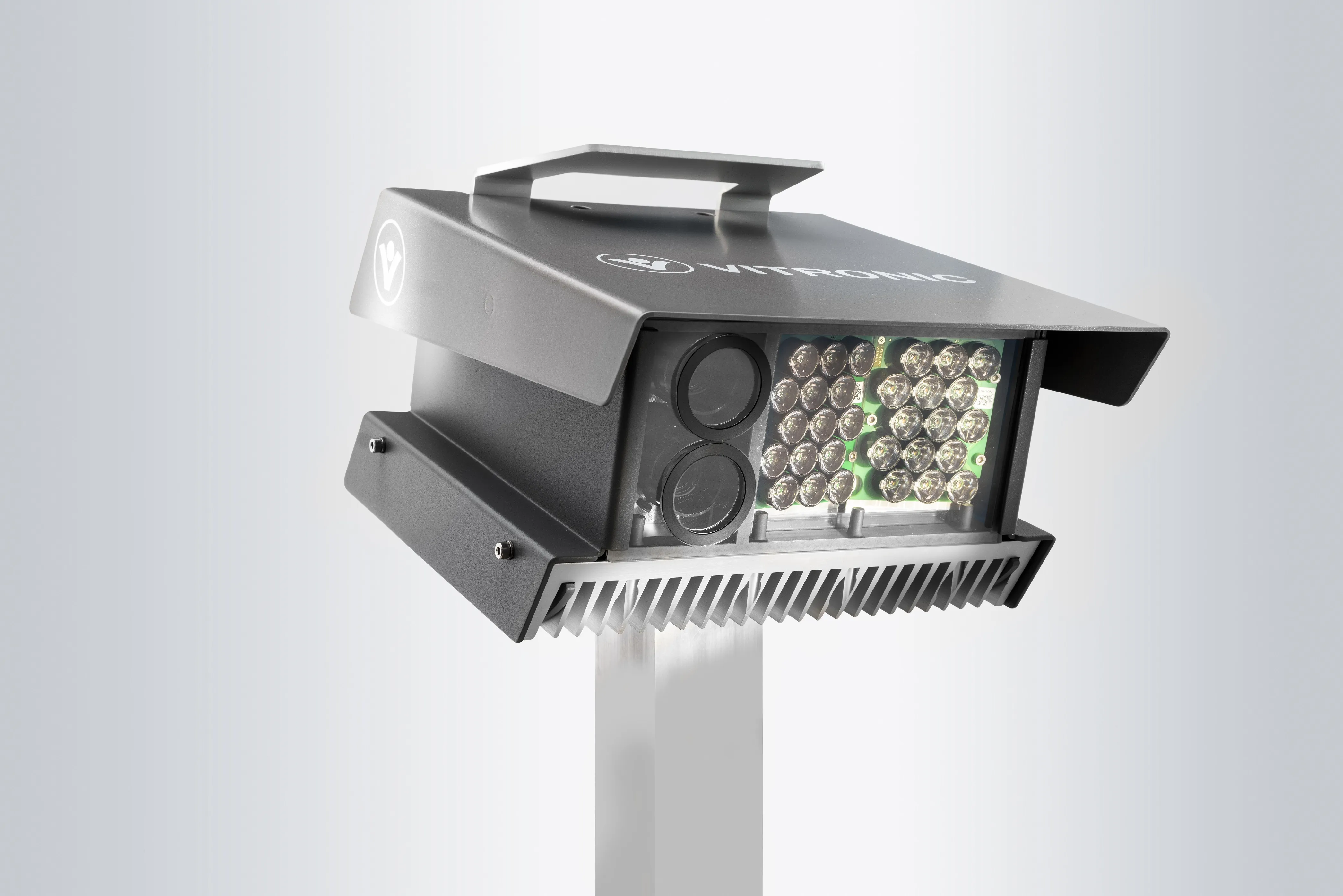The message on the TrafficVision stand is: ‘We can make your cameras smart and turn your existing equipment into sensors’.
The company’s video analytic software can work with the video stream from any type of camera to provide incident detection for slowed and stopped vehicles, debris or pedestrians in the roadway and wrong-way drivers. In free flowing traffic the system can determine vehicle counts, classification and speed as well as lane occupancy across up to 14 lanes.
Automatic recalibration mean
June 15, 2016
Read time: 2 mins

The message on the 5691 TrafficVision stand is: ‘We can make your cameras smart and turn your existing equipment into sensors’.
The company’s video analytic software can work with the video stream from any type of camera to provide incident detection for slowed and stopped vehicles, debris or pedestrians in the roadway and wrong-way drivers. In free flowing traffic the system can determine vehicle counts, classification and speed as well as lane occupancy.
Automatic recalibration means that the software can be used with pan, tilt, zoom cameras and a buffer allows for capture and playback of incidents. Users can have the software residing either on the edge, at the traffic management centre or in the cloud.
A new variant on this theme is TrafficVision Pulse which works on publically available low resolution video streams to enable third parties to derive information such as travel times and congestion warnings.
The company’s video analytic software can work with the video stream from any type of camera to provide incident detection for slowed and stopped vehicles, debris or pedestrians in the roadway and wrong-way drivers. In free flowing traffic the system can determine vehicle counts, classification and speed as well as lane occupancy.
Automatic recalibration means that the software can be used with pan, tilt, zoom cameras and a buffer allows for capture and playback of incidents. Users can have the software residing either on the edge, at the traffic management centre or in the cloud.
A new variant on this theme is TrafficVision Pulse which works on publically available low resolution video streams to enable third parties to derive information such as travel times and congestion warnings.









